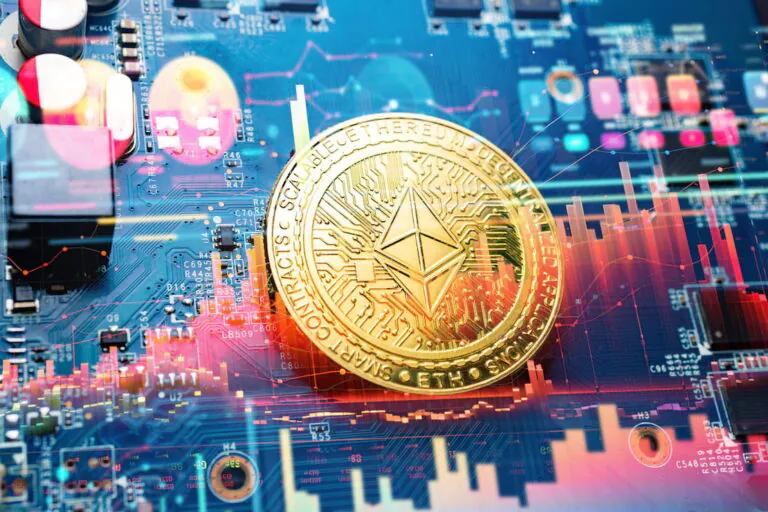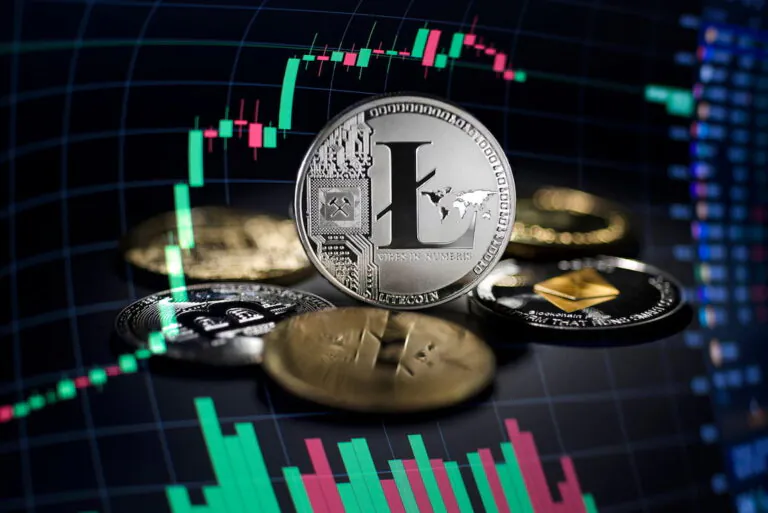The Ethereum blockchain is a distributed ledger system designed to create decentralized applications. One of its main goals was to facilitate money transfers and get rid of intermediaries during transactions in global financial systems. One of the cofounders of Ethereum is Anthony Di Iorio.

“Coin burn” – what is it?
Literally, the expression "Coin burn" is translated as burning a coin. Even on this phenomenon, real experts in their field can earn money. How? We will tell.
This event means the transfer of cryptocurrencies to a public address, where the coins will remain forever and will no longer be able to be used, because no one has access to the private keys of such an address. Coin burn occurs if you need to destroy unsold tokens after crowdfunding, pay a reward to coin holders, or create new tokens using the proof-of-burn algorithm.
The proof-of-burn is an alternative to proof-of-work and proof-of-stake. Its essence is that miners provide evidence of the destruction of some coins.
This algorithm is used in the Counterparty (XCP) project. A certain number of bitcoins were transferred to an inaccessible address, and in exchange, ZCP tokens were generated on the BTC blockchain. Such actions are carried out in order to avoid re-mining or ICO.
How coin holders earn by burning cryptocurrencies. They seek to create an economic deficit of a particular currency in order to profit only from the fact of owning an asset. This method was invented after some countries banned cryptocurrencies from paying remuneration to asset holders, and investors found such a way to receive dividends – to raise the price of the currency.
And, finally, the destruction of unsold coins after the ICO. This rule is in place to maintain the fairness of the game. After a successful ICO, the price of the token rises, and if they remain with the developers, then they could sell them at a high price. To prevent such a scenario, the remaining tokens are burned.
Start your crypto exchange with Coin24

Exchange BTC, ETH, USDT and more — cash or card

Secure and fast crypto exchange since 2018



